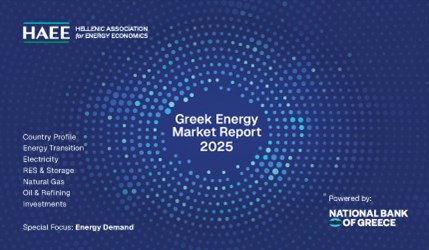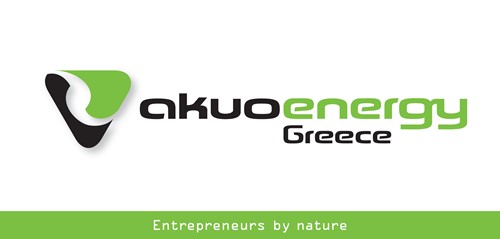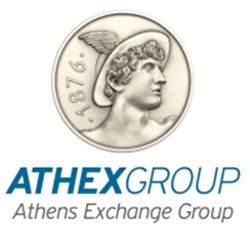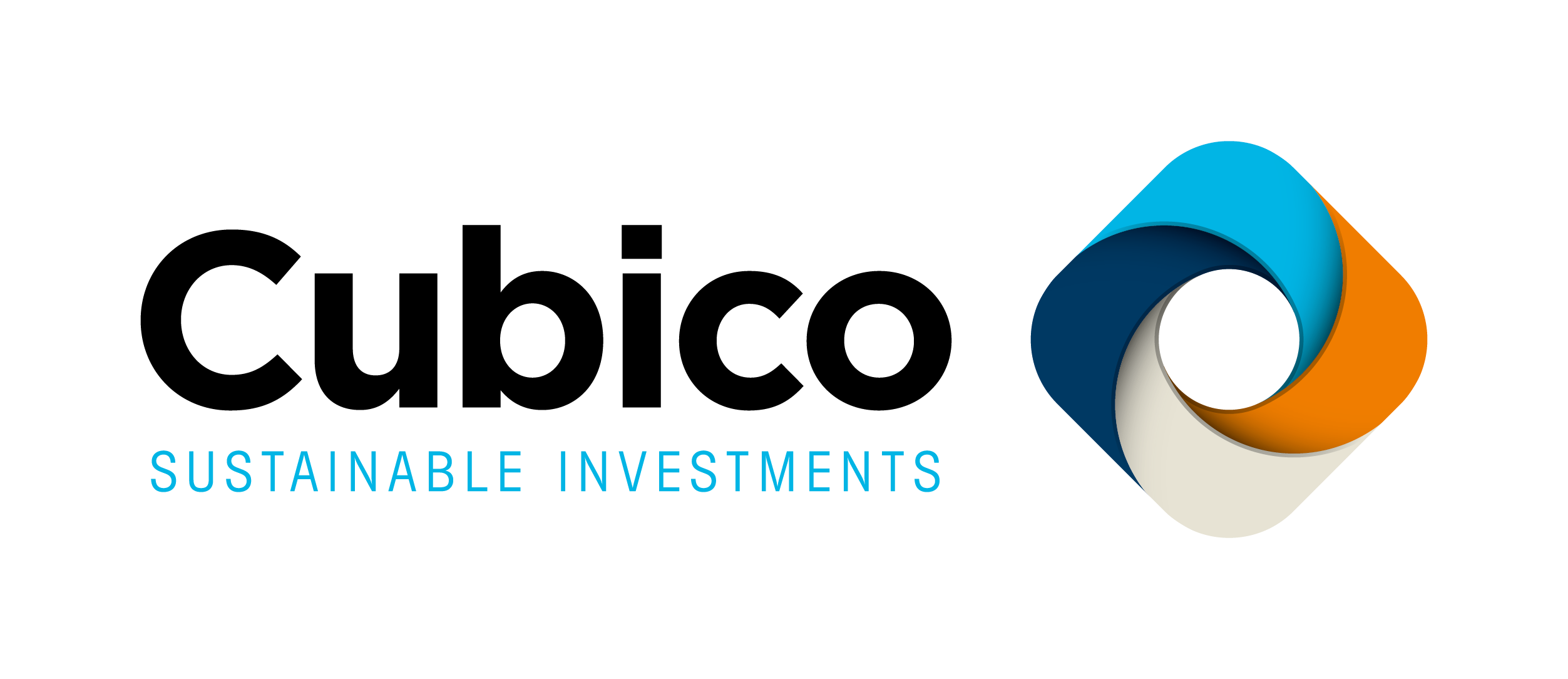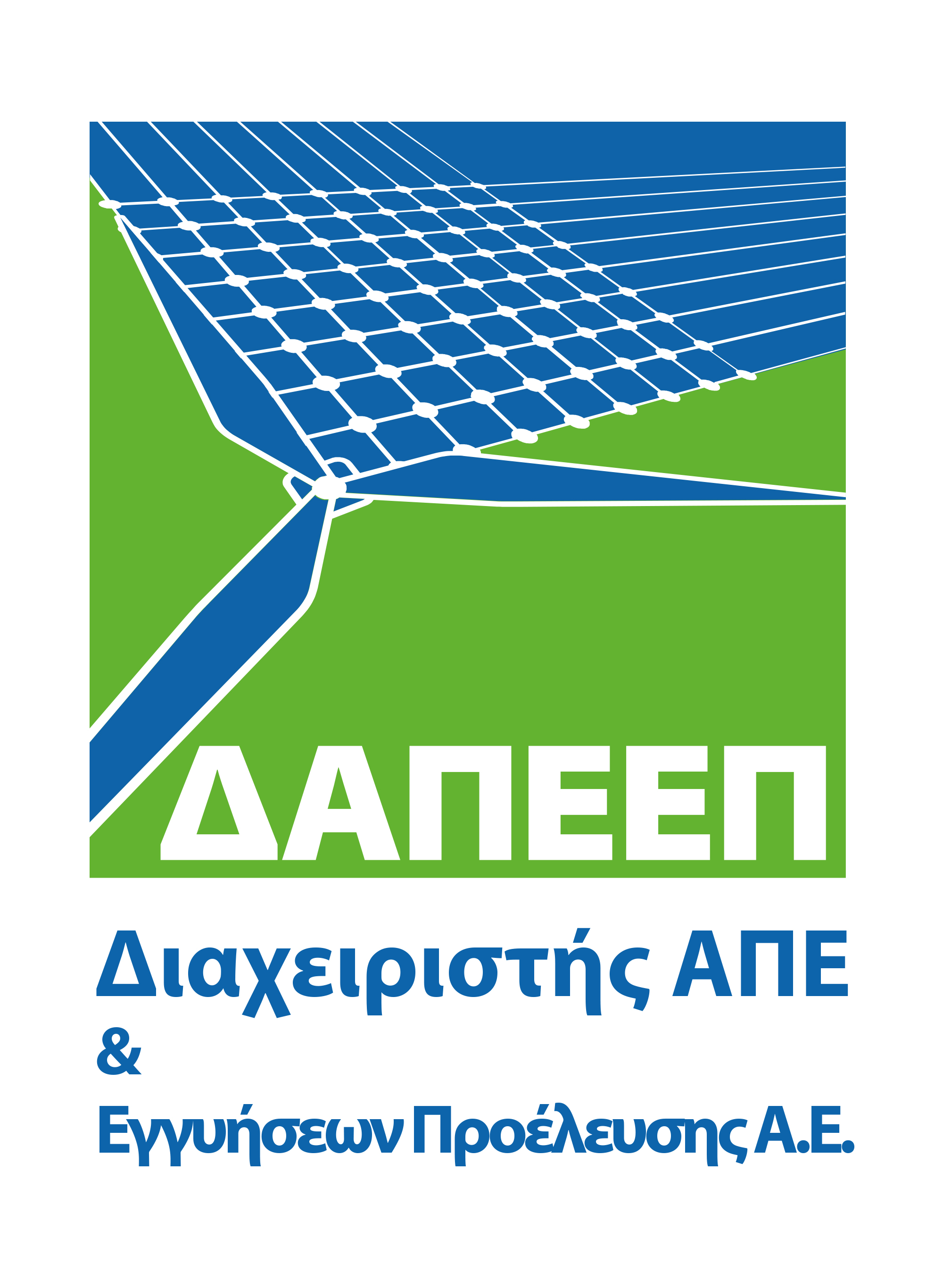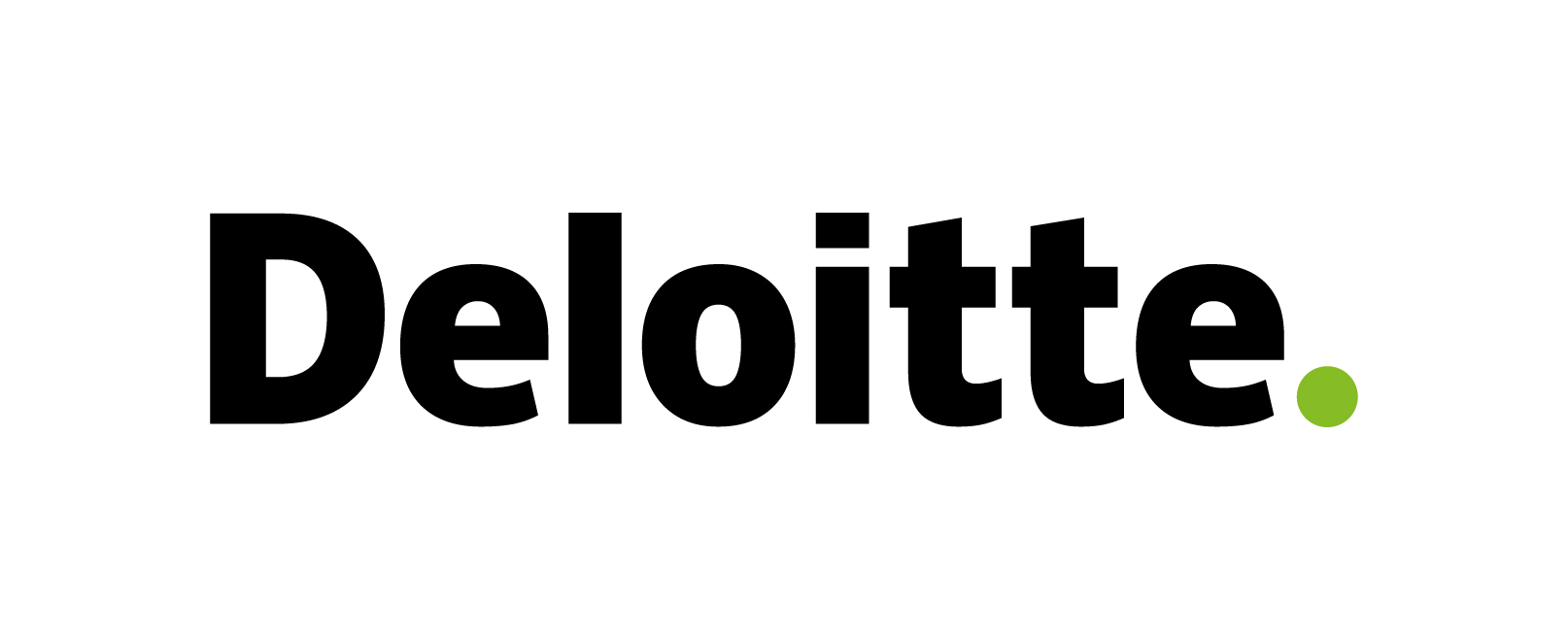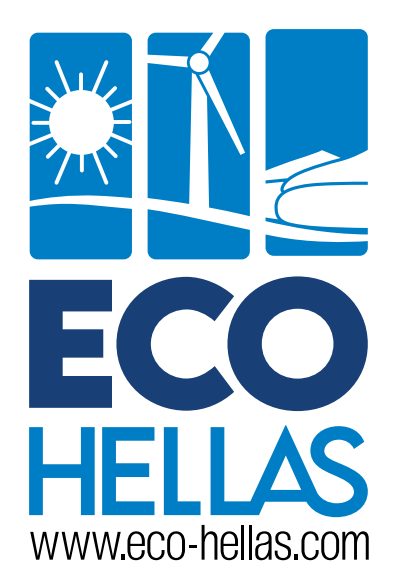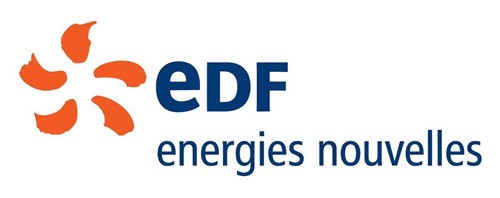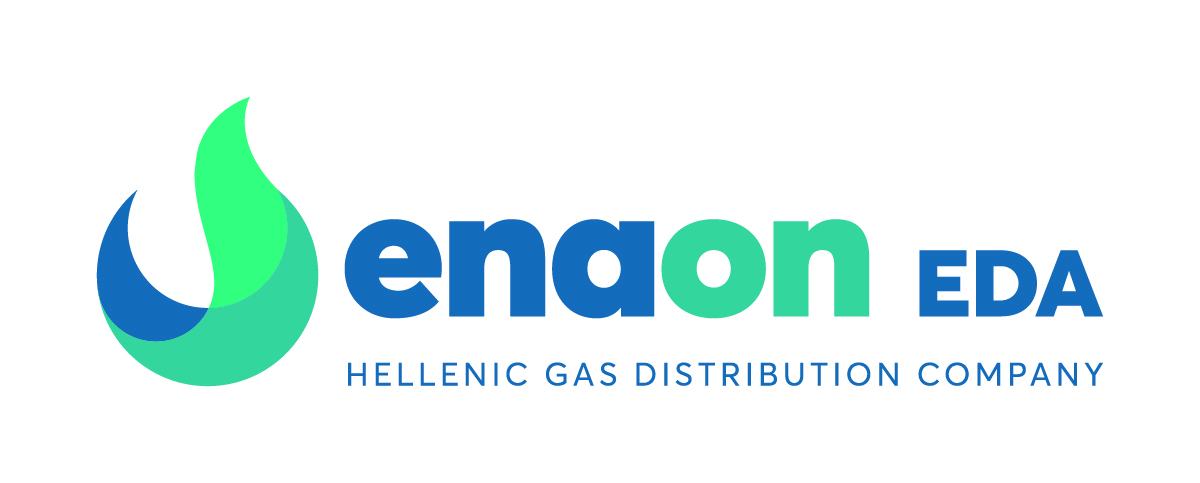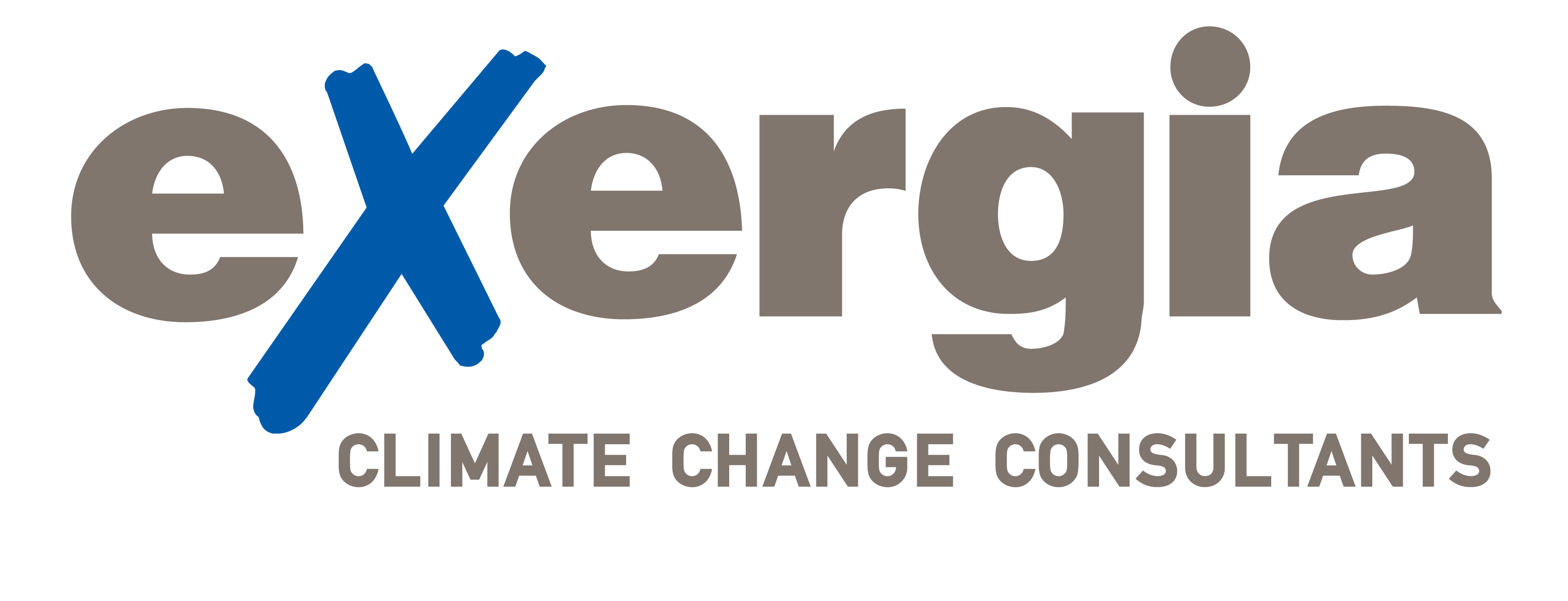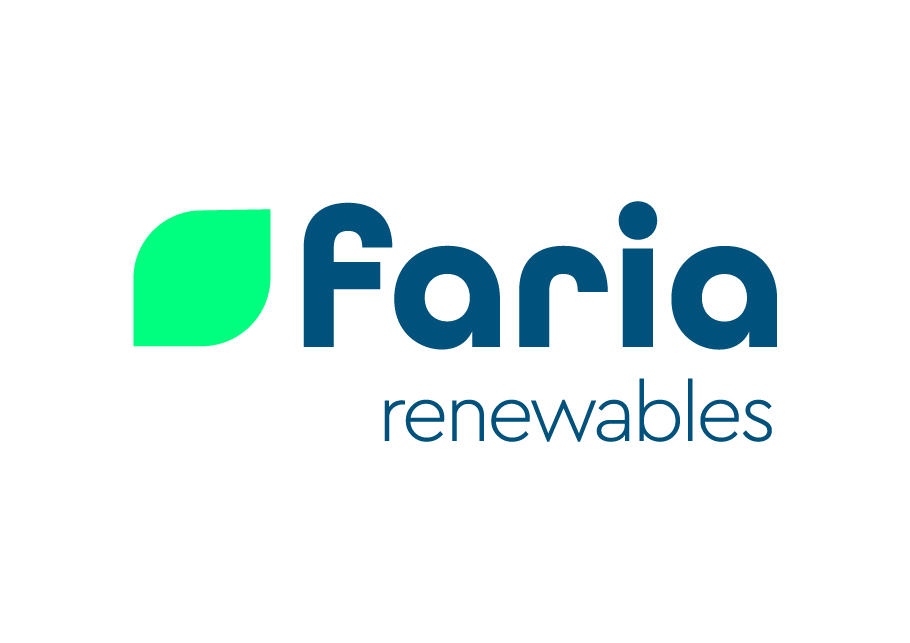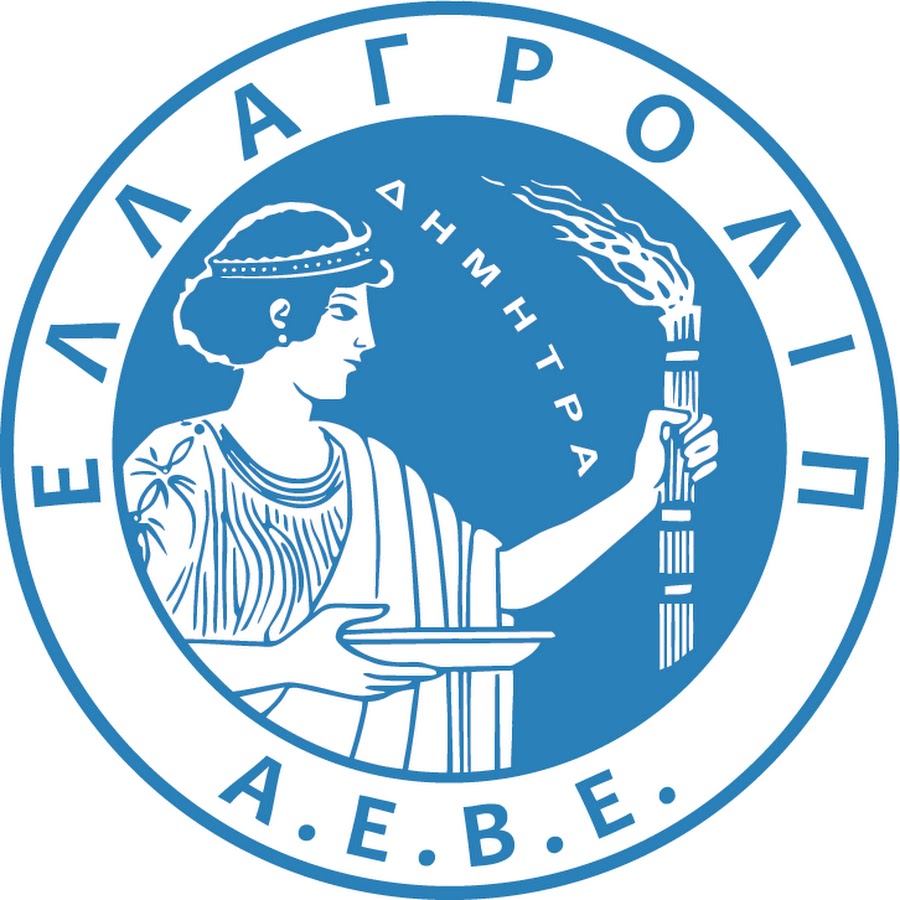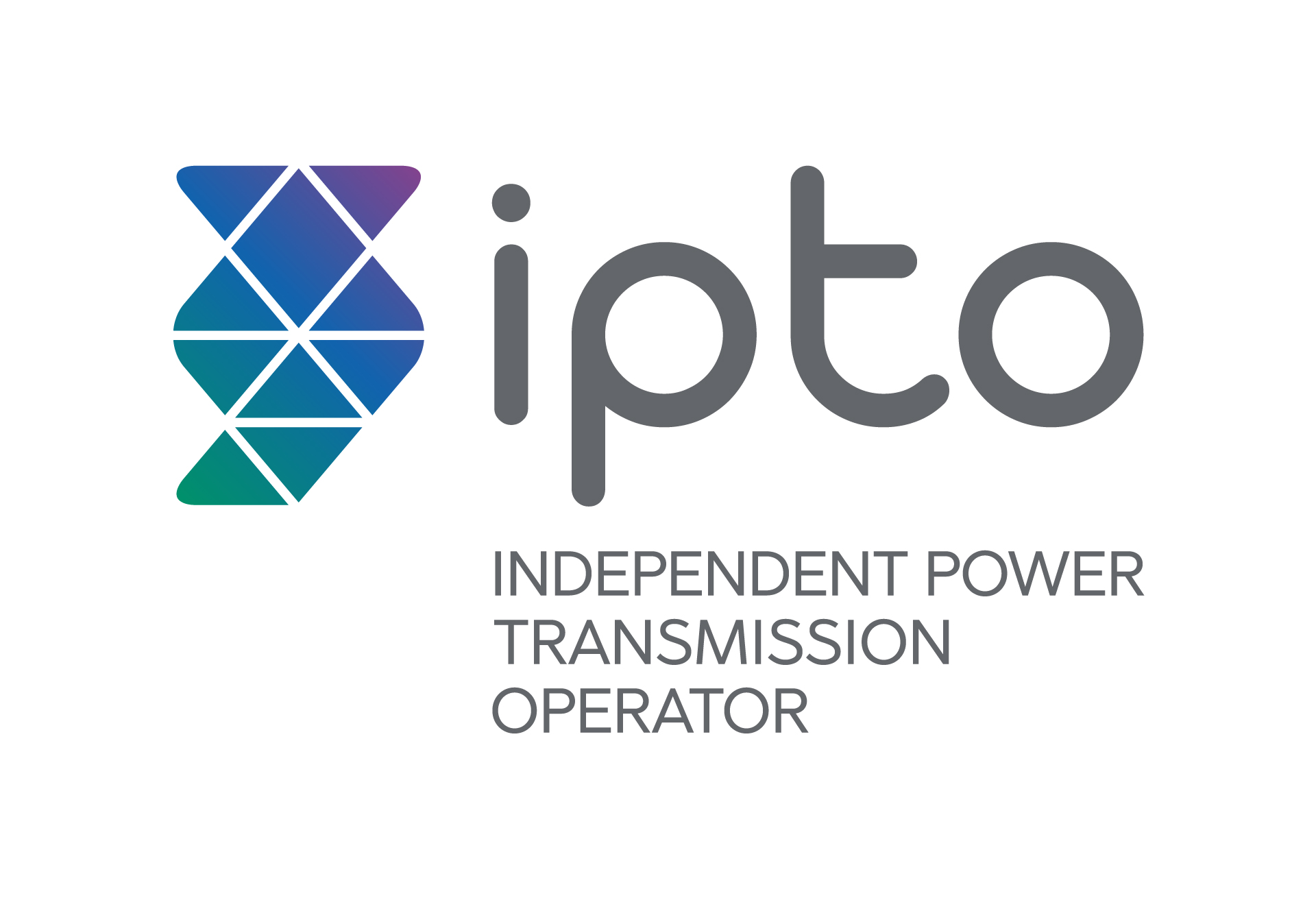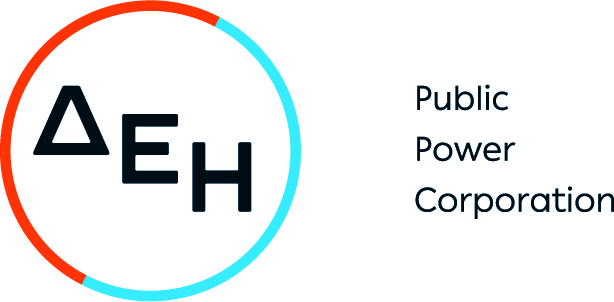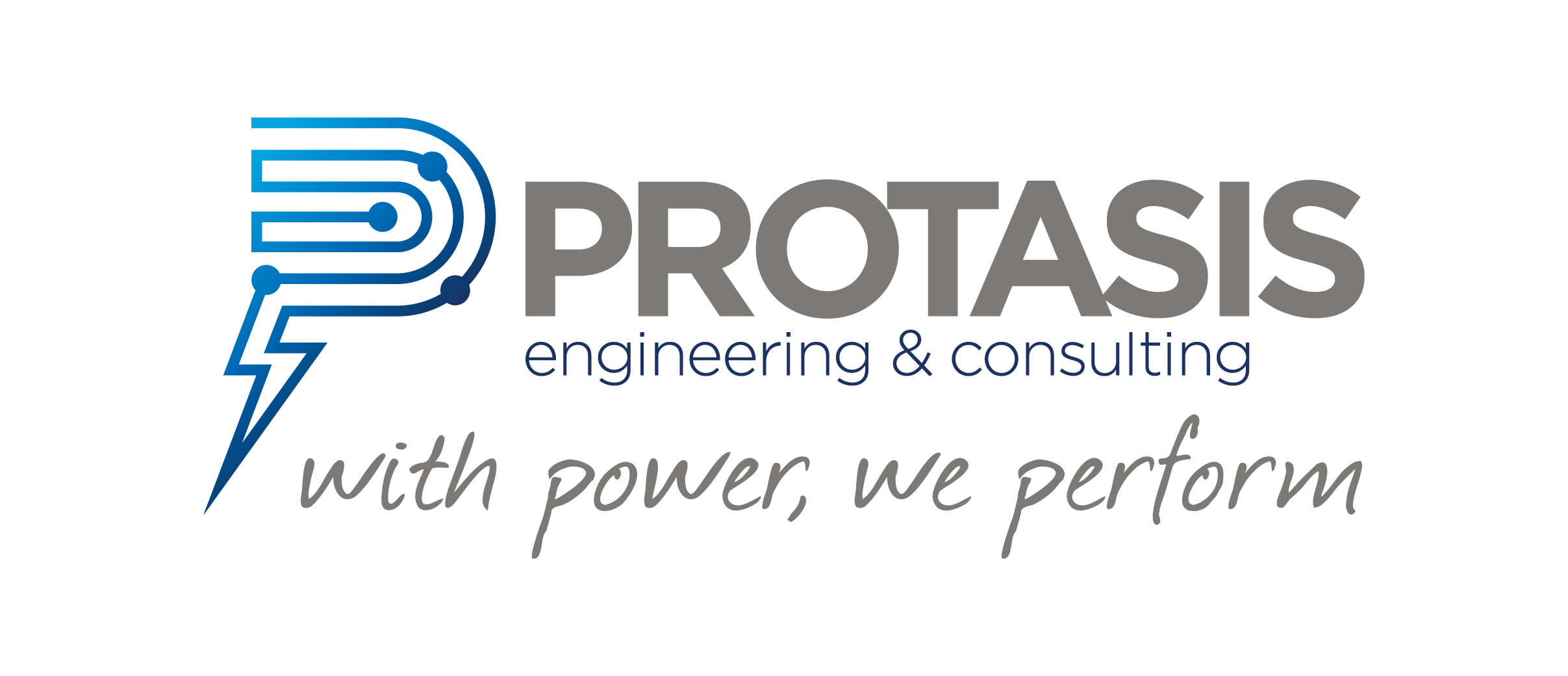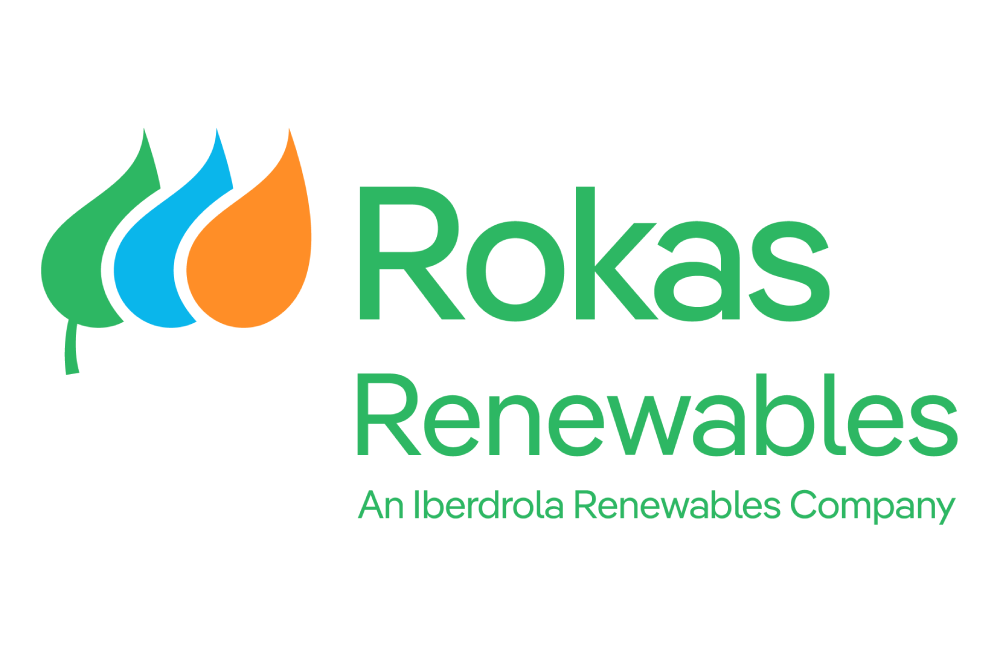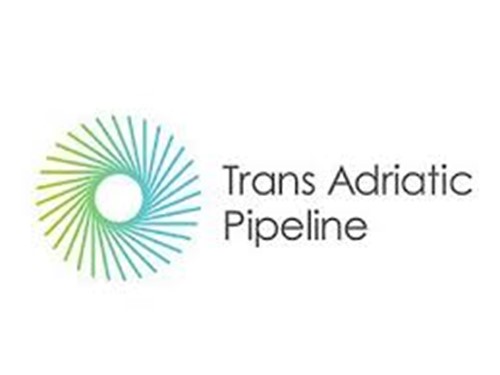The Chart of the Month Vol.16 is focused on the Paths to decarbonize energy-intensive Industries: The case of CCUS.
CCUS will play a central role as one of the key pillars of the energy transition in Europe, alongside electrification, bioenergy, hydrogen and other green technologies. Its potential to mitigate climate change has been acknowledged for decades, but deployment has been lagging (only 2.5 MtCO2/year is the capture capacity in EU) and thus it has had a limited impact on Europe's CO2 emissions. Despite the slow progress, 2022 was a turning point with 72 CCUS ongoing or planned projects. The next decade will be crucial for increasing investment in developing and deploying CCUS and realizing its significant potential to reach net zero emissions.
For Greece, the highest share of the EU emissions trading system (EU ETS) is mainly by the power and heat sector with 57%, followed by refineries and cement with 19% and 14%, respectively. There are 3 potential underground storage aquifers, located in northern Greece, with a total estimated storage capacity of 2,190 Mt CO2. The Prinos CCS project, one of the planned projects in Greece, has the potential to store close to 100% of the Greek manufacturing sector's emissions for 10 years, starting in 2025. Greece’s industrial and power generation sectors are expected to face higher energy costs driven by the increasing ETS prices. CCUS stands as a potential emission reduction option for heavy industries and power generation, offsetting the progressively increasing ETS prices. Regulatory and political support is crucial to fully unlock the potential of CCUS.
Click here to view the full publication.
The “Chart of the Month” is a HAEE publication, powered by Deloitte.


